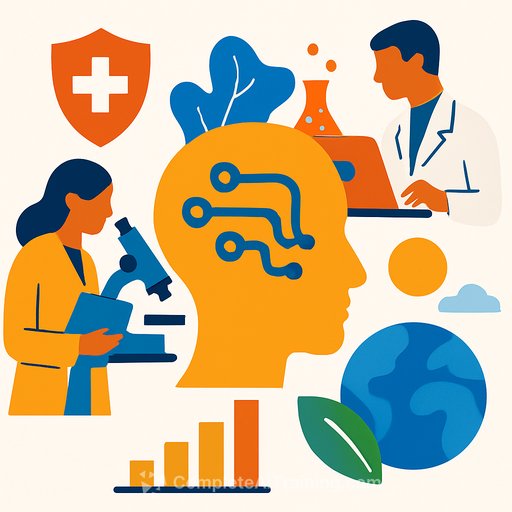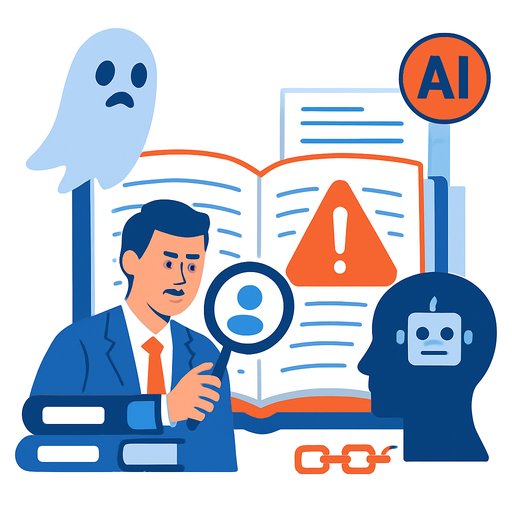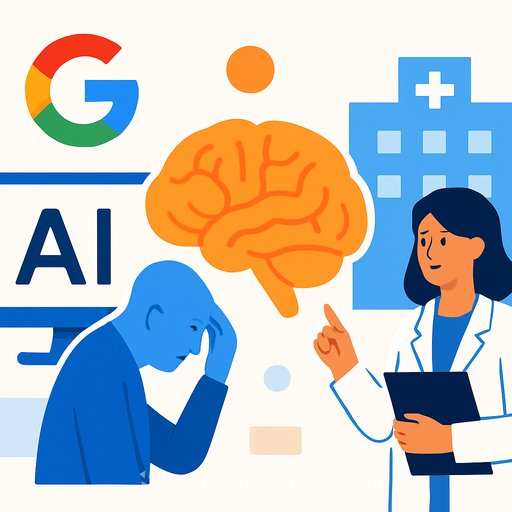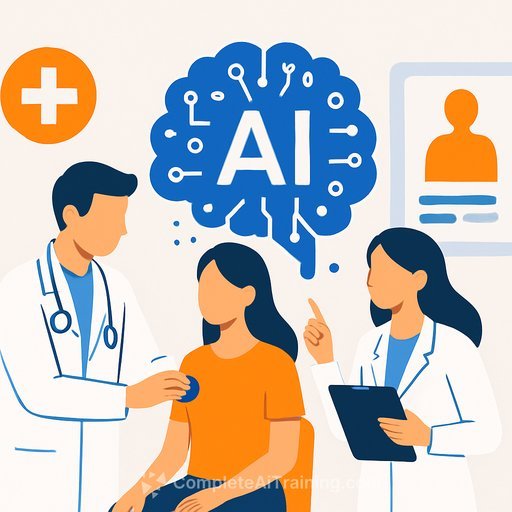Artificial intelligence is advancing scientific research in ways once thought impossible. From decoding the behavior of electrons to “talking” with trees, AI is helping scientists accelerate discovery and deepen insights across numerous fields.
Peter Lee, Ph.D., head of Microsoft Research, highlights that generative AI’s strength lies in understanding both human language and the diverse “languages” of nature such as molecules, crystals, genomes, and proteins. Throughout early 2025, Microsoft has published a range of research and launched tools that assist scientists in medicine, energy, biology, and quantum physics — all aimed at speeding up complex investigations and turning findings into real-world results.
Health: Advancing Care and Research
AI is emerging as a key collaborator in healthcare, going beyond automation to enhance how clinicians and researchers detect and treat diseases. Multimodal AI models analyze diverse, large-scale datasets like clinical notes and pathology slides to identify subtle patterns that might otherwise go unnoticed.
For example, PadChest-GR is a unique dataset containing 4,555 chest X-rays annotated in both Spanish and English. Developed collaboratively by the University of Alicante and Microsoft, it supports radiologists in interpreting images more accurately while training AI systems that continuously improve. Another innovation, the Microsoft AI Diagnostic Orchestrator (MAI-DxO), simulates a team of doctors by integrating multiple data sources to handle challenging medical cases with greater accuracy and efficiency.
Other projects include GigaPath, which processes pathology slides at scale, and an initiative in Kenya aimed at preventing childhood malnutrition by identifying vulnerable communities early on.
Discovery: Faster Scientific Insight
AI is accelerating research by analyzing complex datasets and simulating natural phenomena at speeds unattainable by traditional methods. Microsoft’s Discovery platform uses agentic AI — systems capable of reasoning, planning, and taking actions with permission — to act like a research teammate. It can generate hypotheses, run simulations, and refine experiments autonomously.
One impressive case involved Discovery helping identify a new datacenter coolant prototype in just over a week, a process that typically takes months. Additionally, Microsoft’s AI model for Density Functional Theory (DFT) addresses a 60-year challenge in materials science by simulating electron behavior quickly and accurately. This advancement could impact drug development, battery technology, and production of eco-friendly fertilizers.
Other tools like BioEmu-1 aid in decoding protein structures, while MatterGen supports the creation of new materials, providing researchers with powerful ways to innovate.
Earth: New Tools for a Changing Environment
AI is transitioning from theoretical models to practical applications that help understand Earth’s complex systems and environmental issues. Microsoft’s Aurora model is among the first AI foundation models trained specifically on Earth data, enabling better analysis and response to environmental challenges.
- Monitoring ecosystems and biodiversity
- Tracking climate change effects
- Improving resource management
These tools provide scientists with actionable insights, supporting efforts to protect and sustain the planet’s natural systems.
Next Steps for Scientists
AI’s role in scientific research is expanding across disciplines, offering new methods to accelerate discovery and handle vast data more effectively. For professionals interested in enhancing their AI skills relevant to science and research, exploring specialized courses can be valuable.
Explore comprehensive AI training tailored for scientific applications at Complete AI Training.
Your membership also unlocks:






